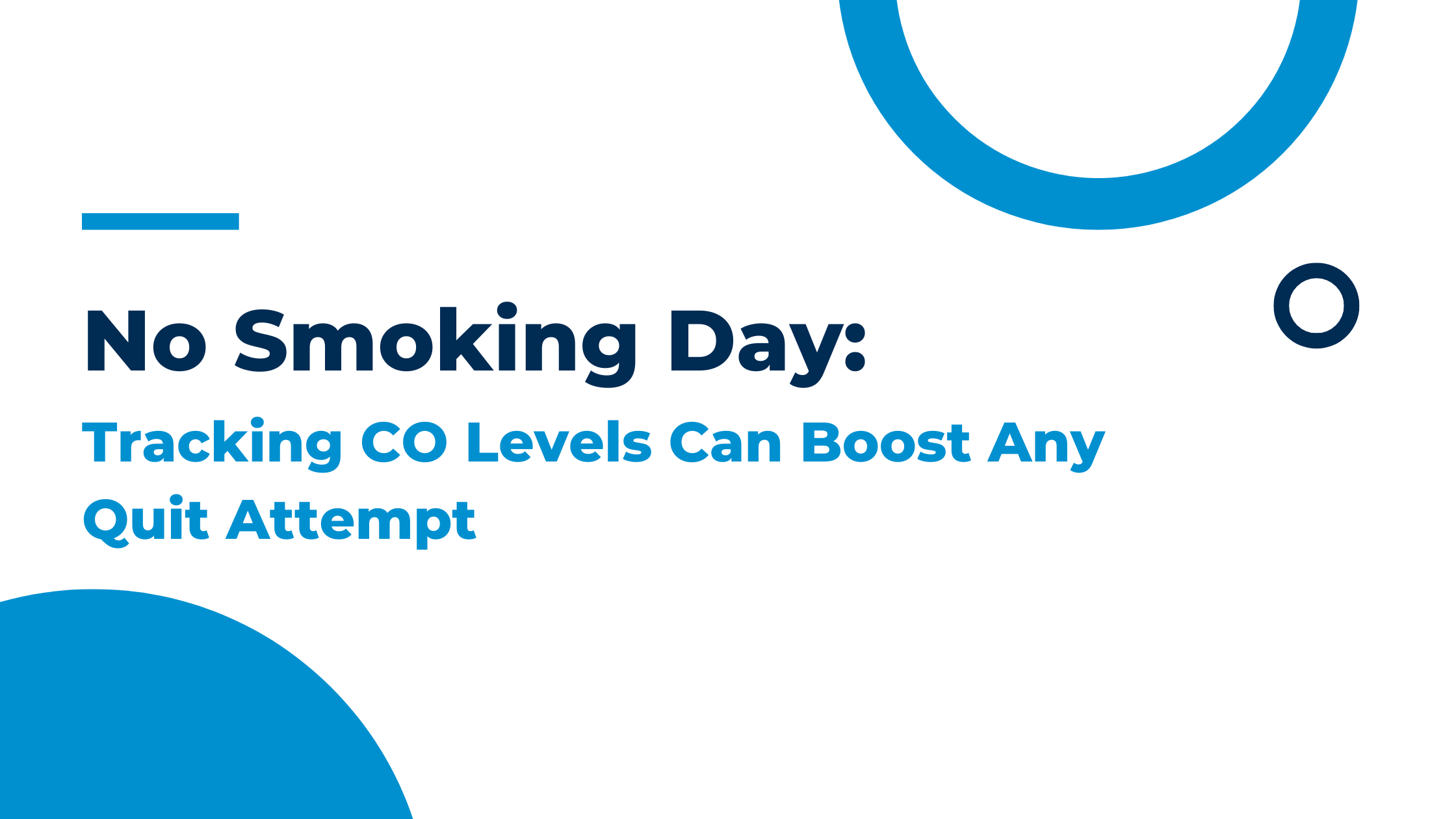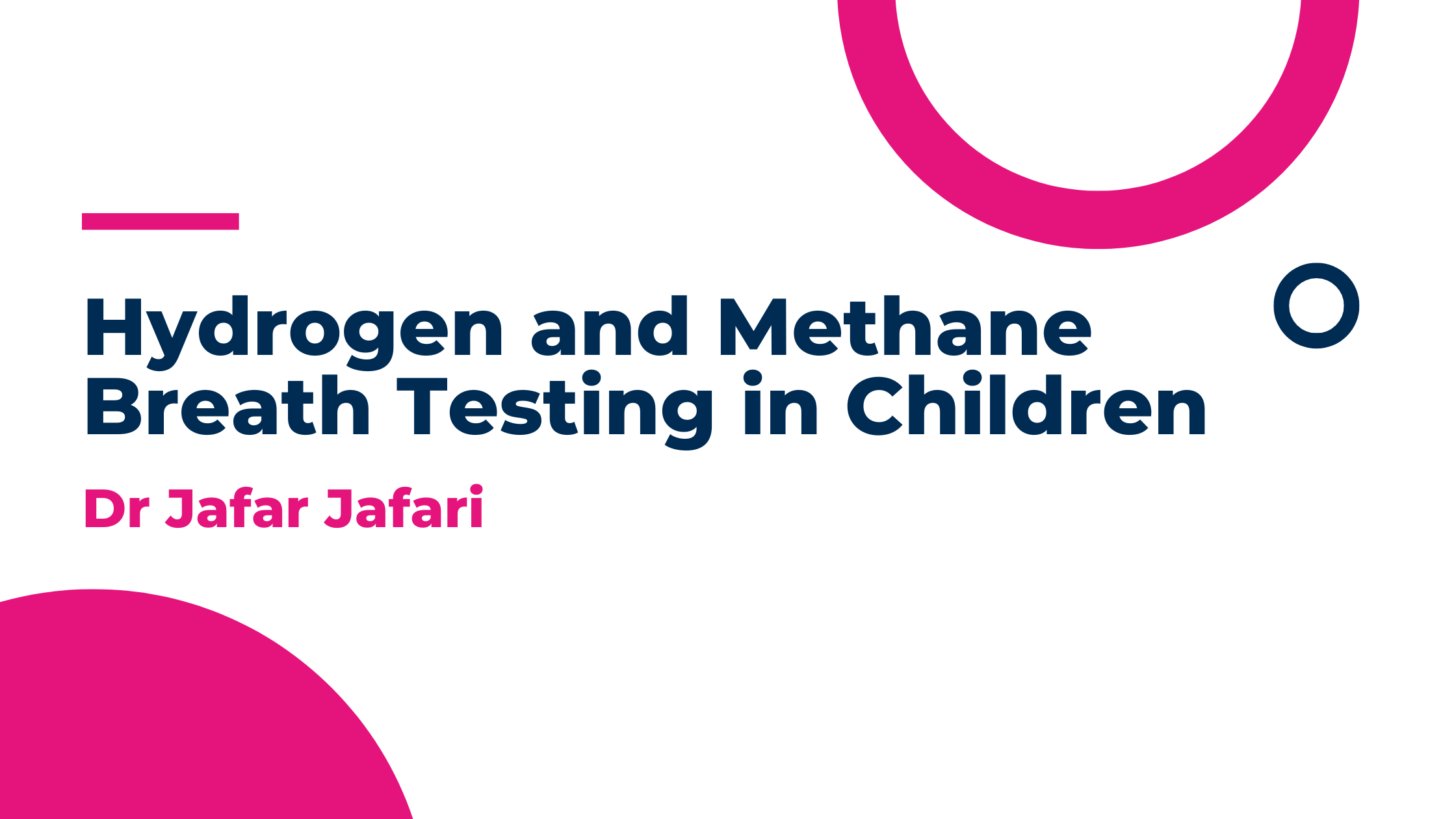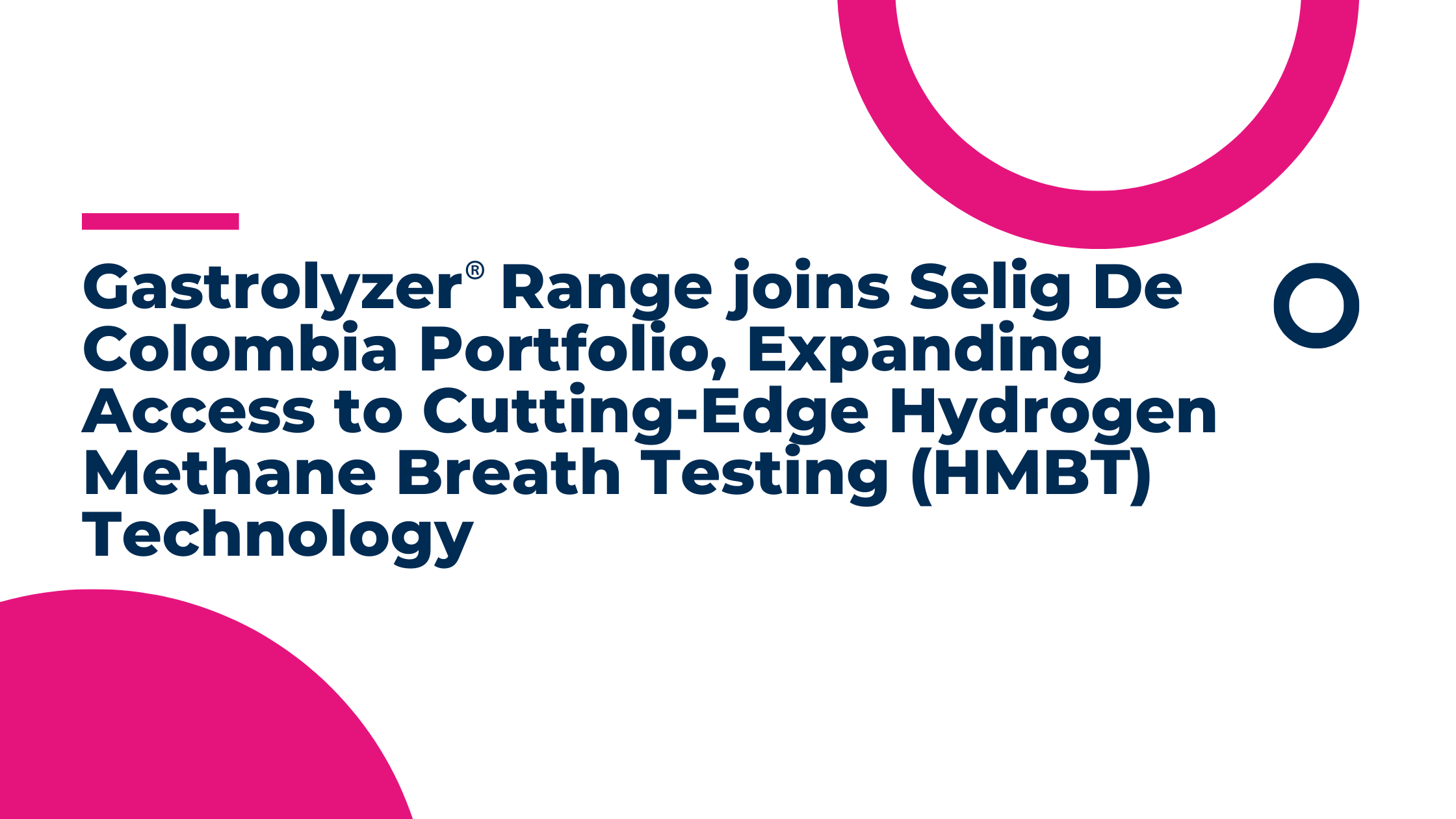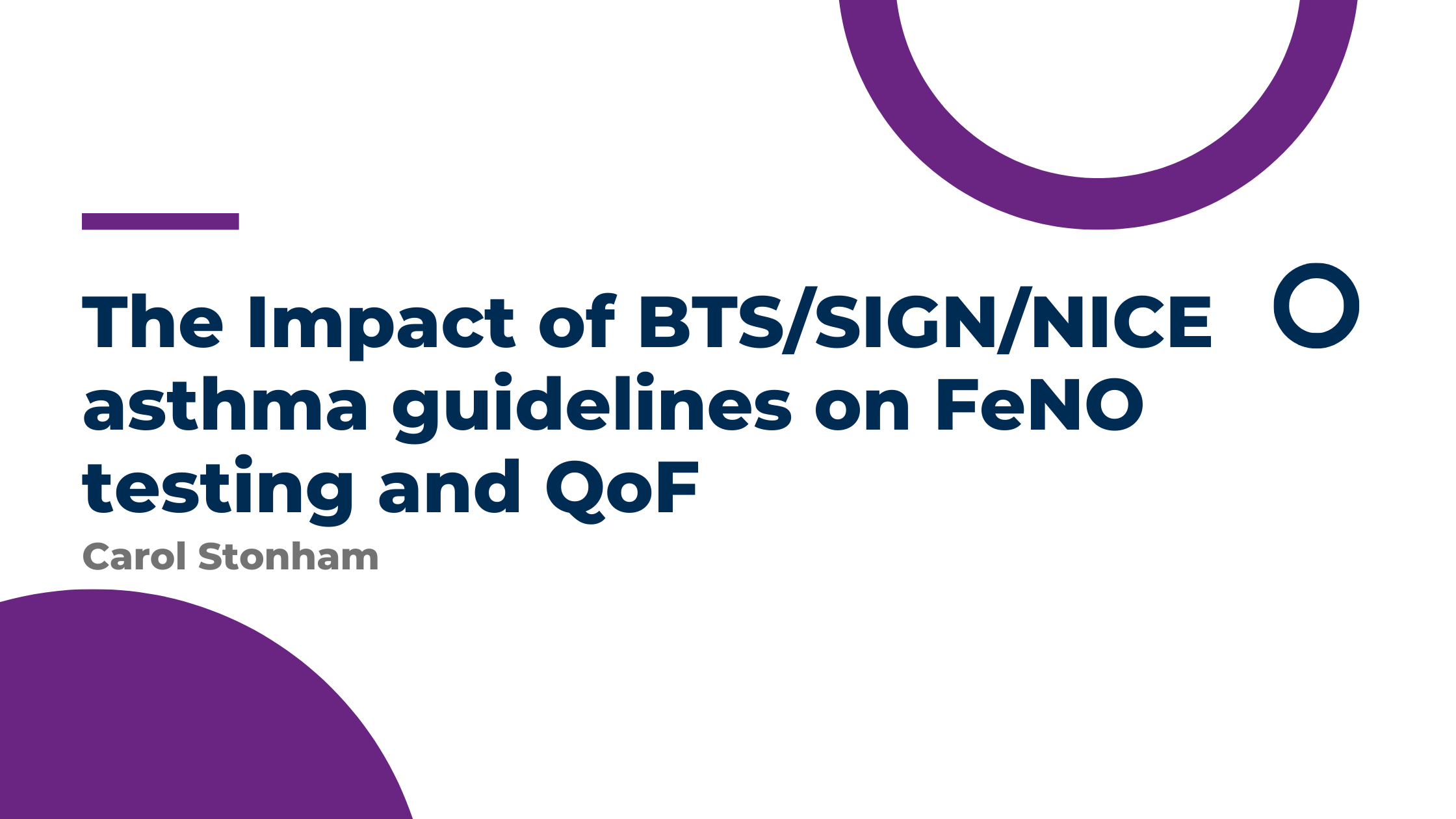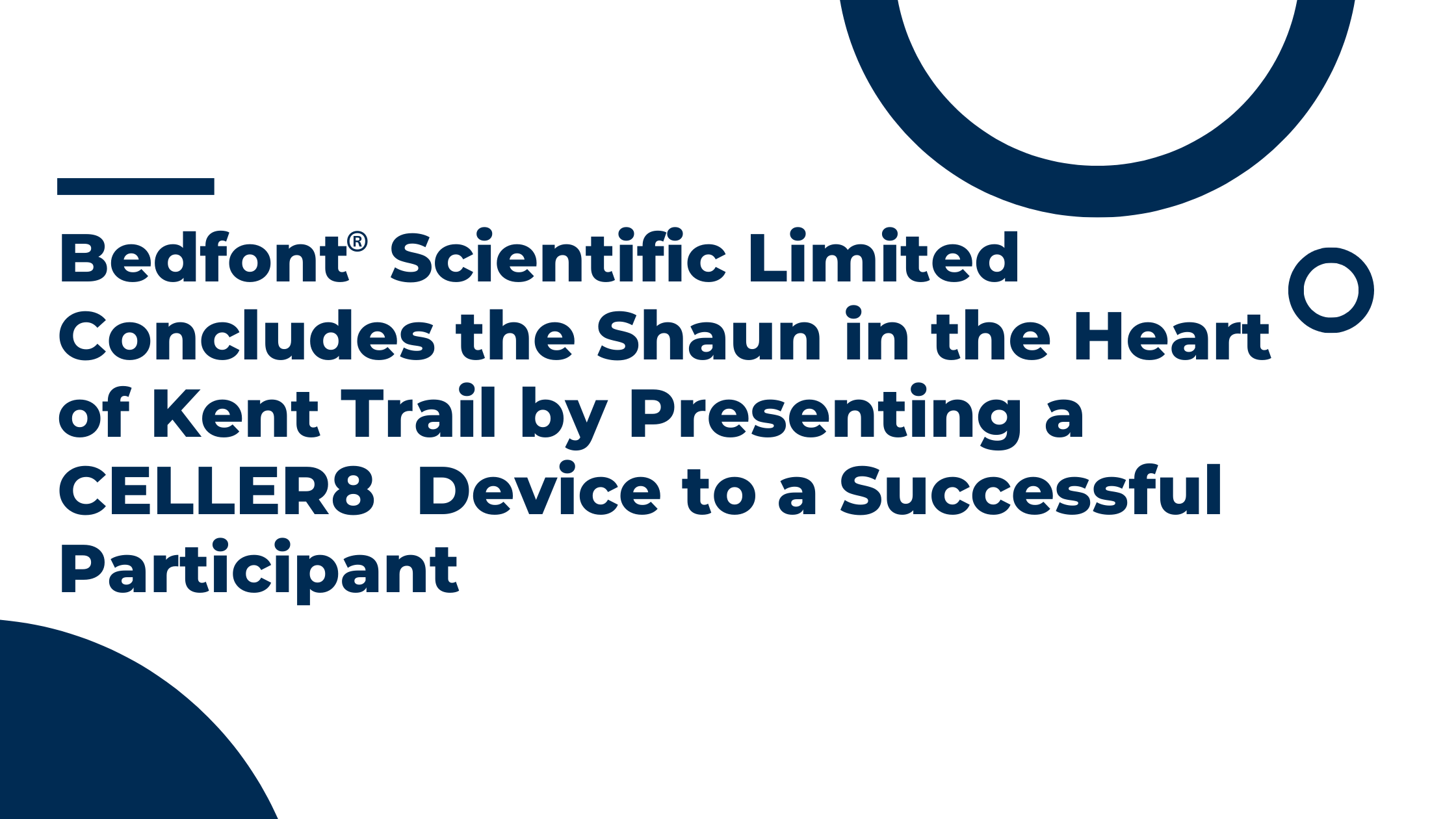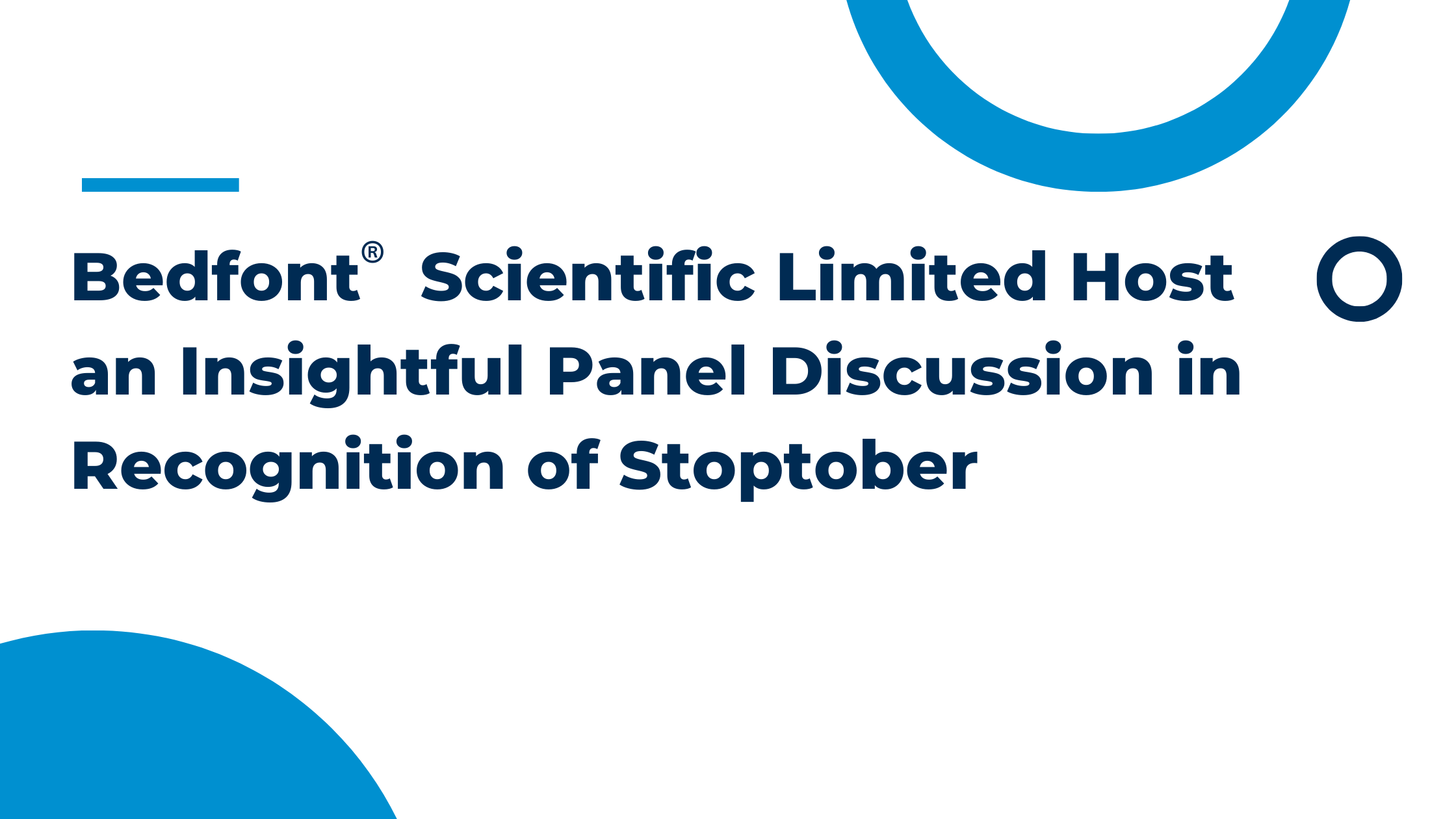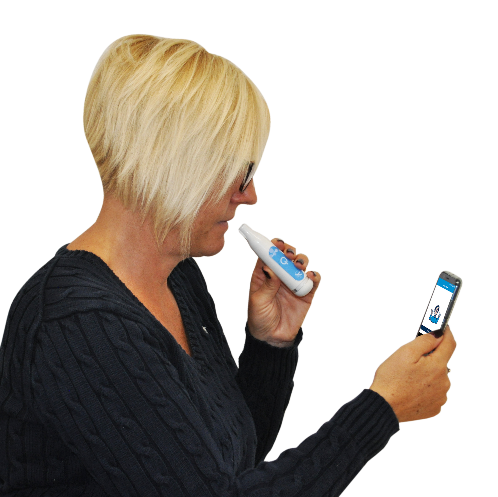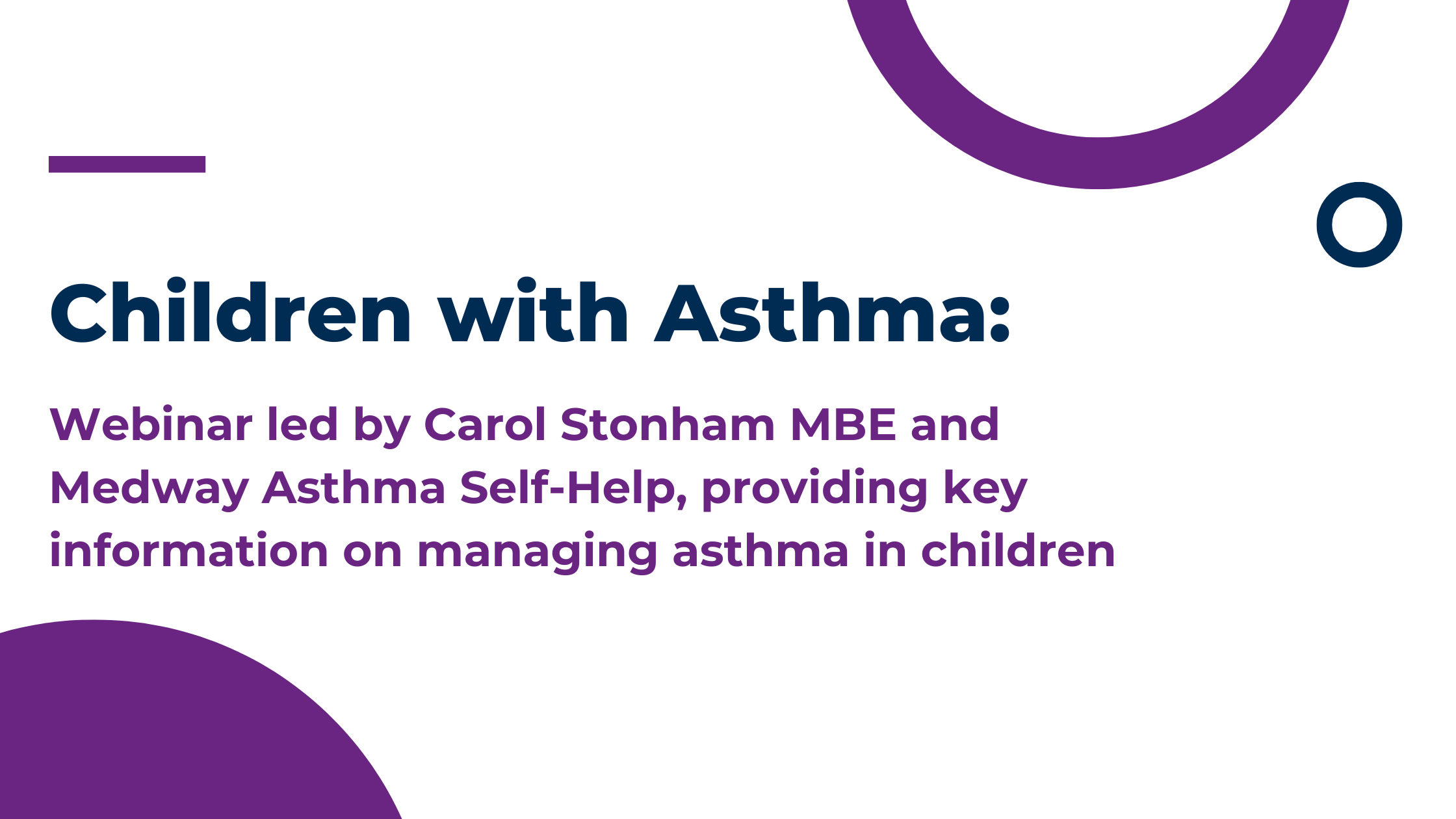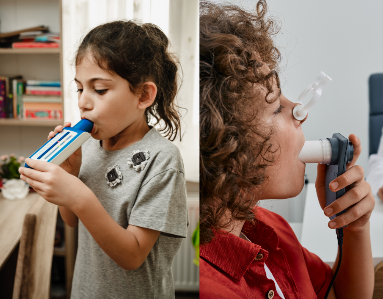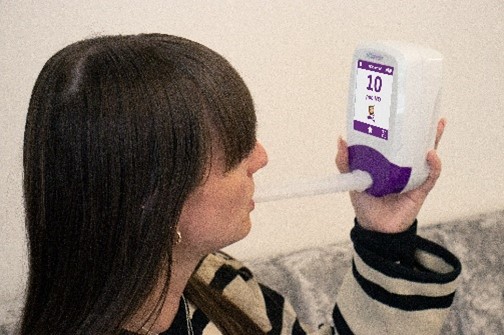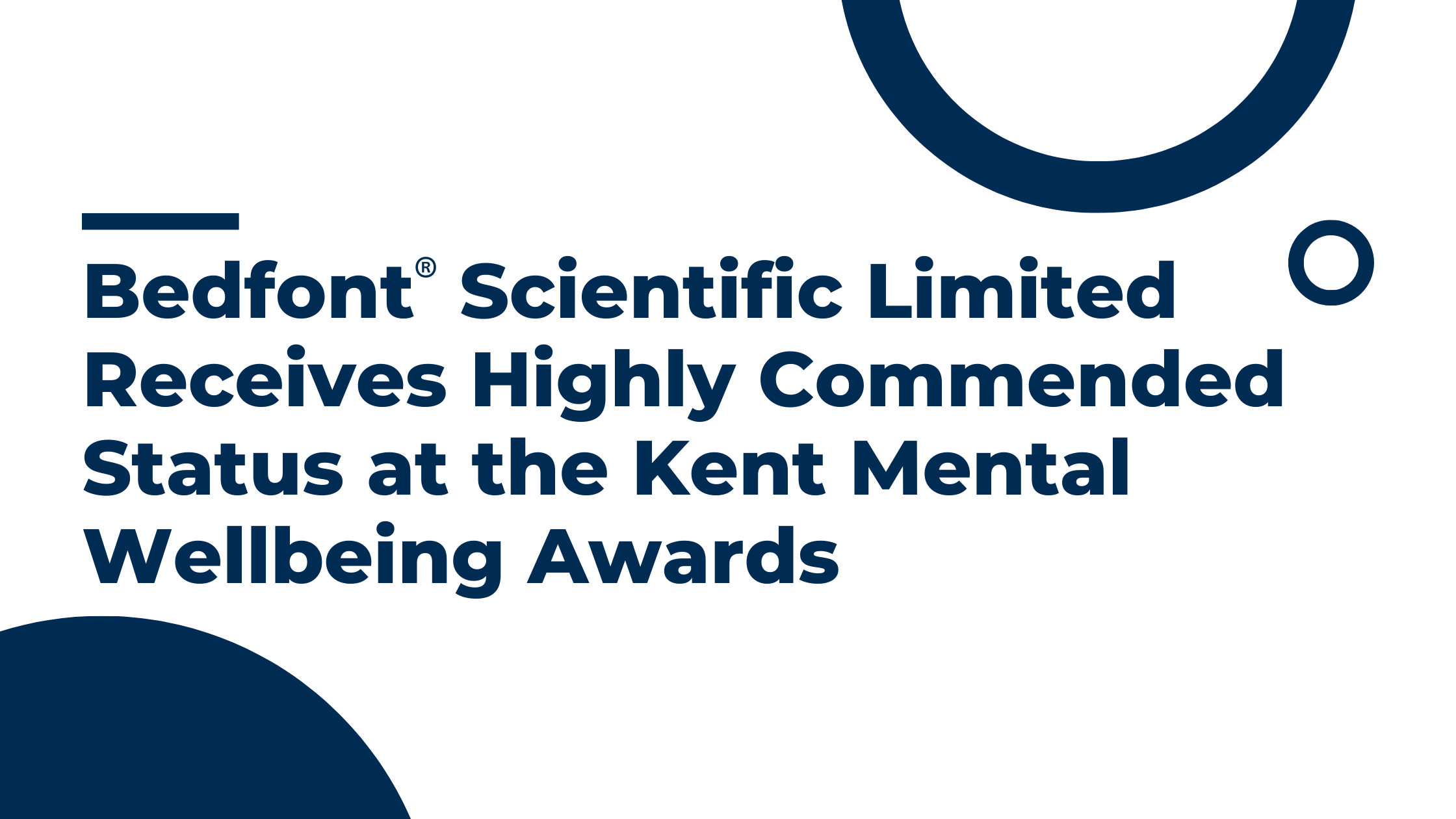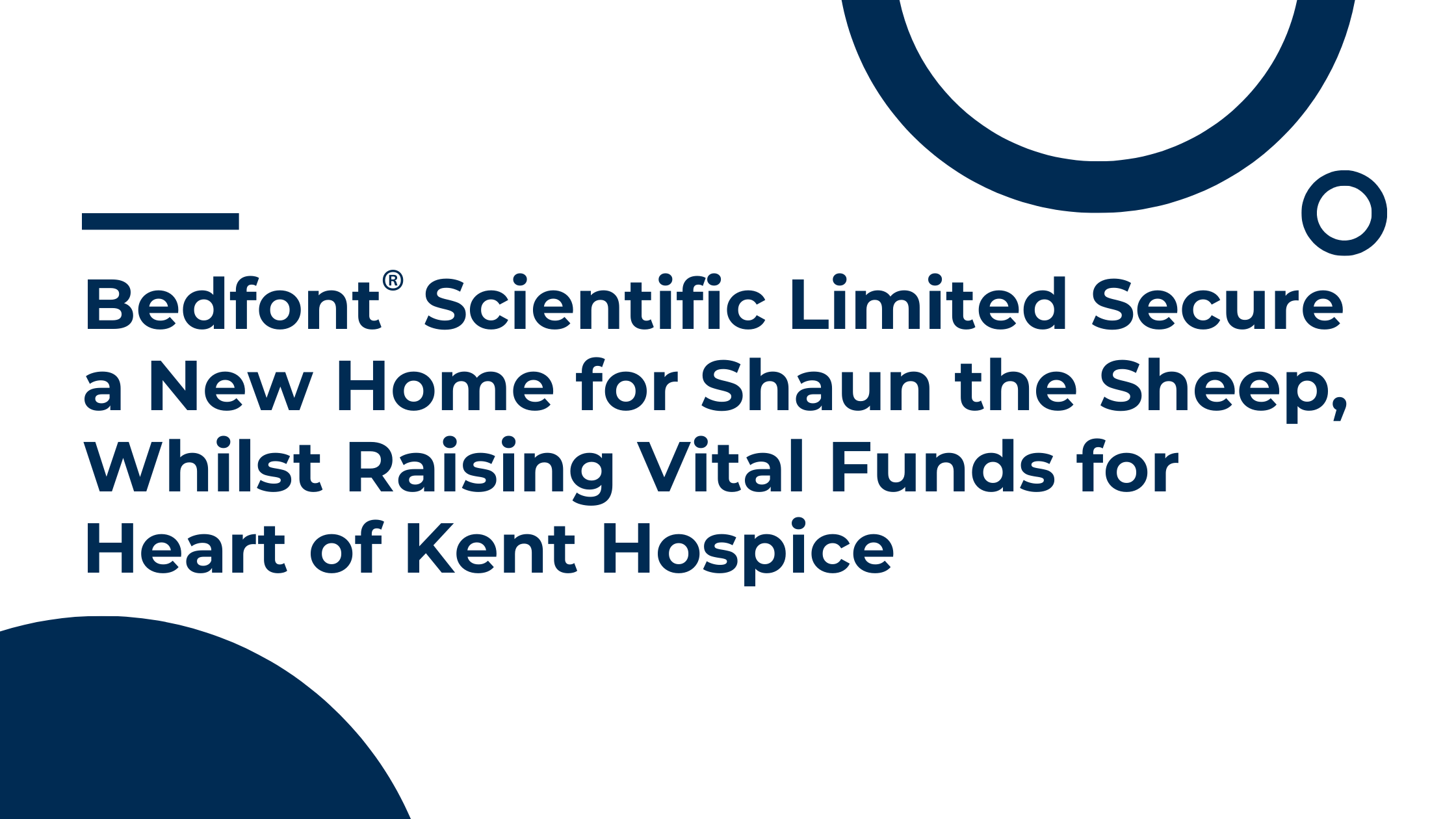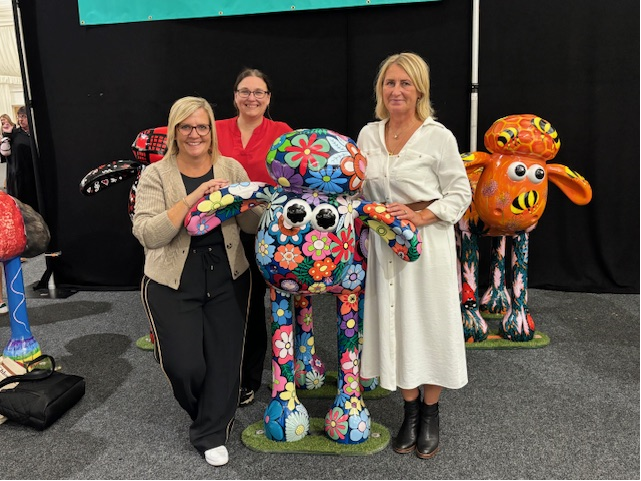National No Smoking Day is observed in the UK annually on the second Wednesday of March, falling on the 12th of March 2025. Inaugurated on Ash Wednesday in 1984, the day aims to raise awareness of the dangers of smoking and encourage smokers to quit, highlighting the benefits of a smoke-free life.
Smoking poses serious health risks, affecting nearly every organ in the body. Smokers significantly increase the risk of developing Chronic Obstructive Pulmonary Disease (COPD) and lung cancer, as well as heart disease.
The good news is quitting smoking brings immediate and long-term health benefits, reducing health risks and improving overall well-being. The thought of quitting smoking can be a daunting one, but with the right tools and support, a quit attempt is more likely to be successful and doesn’t have to be stressful.
Why quit smoking?
Carbon monoxide (CO) is a harmful gas found in cigarette smoke. When inhaled, CO is absorbed into the bloodstream, reducing oxygen levels and increasing the risk of heart disease. Improvements can be seen in as little as 8 hours after smoking the last cigarette.
- After 8 hours oxygen levels will start to recover, and the CO levels in the bloodstream will have reduced by half1.
- After 48 hours, the CO levels will have dropped to those of a non-smoker1.
- After two weeks to three months, your lung function and circulation improve2.
- After nine months, coughs and shortness of breath decrease and your lungs are recovering2.
- After one year, your risk of coronary heart disease is halved2.
- After five years, your risk of many types of cancer is reduced2.
Smoking doesn’t only impact health; it can significantly impact finances as well. it is thought if you smoke the average amount of cigarettes a day (11.1), you could save £1,239 after six months2, based on the cheapest pack of cigarettes.
Healthcare Impact
Smoking also places a significant burden on the NHS; with more GP visits and health complications due to smoking, resources are stretched. It is thought that ending smoking could free up 75,000 GP appointments each month3, which would allow healthcare professionals to focus on preventative care and other critical issues.
UK ‘Smokefree’ by 2030
In 2019, the UK government outlined its ambitious goal of making England ‘Smokefree’ by 2030, aiming to reduce adult smoking rates to 5% or less4. This initiative, part of a broader strategy for proactive, predictive, and personalised prevention5, also includes plans to gradually raise the legal smoking age, preventing anyone born after 2008 from ever legally purchasing tobacco. In line with these efforts, the government announced in January 2024 further measures to protect public health, particularly among young people. By the end of 2025, disposable vapes will be banned to curb their accessibility to children, alongside new regulations introducing plain packaging and restrictions on sweet-flavoured vapes, which are particularly appealing to younger audiences. These steps aim to tackle both smoking and vaping rates, moving closer to a smokefree future.
What help is available?
Quitting smoking isn’t always easy; there are many resources available to aid smoking cessation, from support groups to stop-smoking clinics. Here are a few available options:
NHS Stop Smoking Services
- The NHS Smokefree service offers free expert support, advice, and resources.
- Local Stop Smoking Clinics provide personalised quit plans and access to medications.
Nicotine Replacement Therapy (NRT)
- Products like nicotine patches, gum, lozenges, nasal sprays, and inhalers help reduce withdrawal symptoms.
- Available on prescription or over the counter, NRT provides a controlled dose of nicotine without the harmful chemicals in cigarettes.
CO Devices
- CO devices provide real-time feedback on CO levels in exhaled breath.
- Research has shown that smokers find CO devices helpful and help reduce their cigarette consumption, giving them the motivation to quit.
The Smokerlyzer®
The Smokerlyzer® is a range of CO devices that measure the amount of CO in a person’s exhaled breath, indicating their smoking status. By providing real-time CO readings, people can measure their progress during a quit attempt with the Smokerlyzer®. By providing instant feedback, detecting relapses, and reinforcing progress, the Smokerlyzer® makes quitting smoking more structured, motivating, and achievable.

The iCOquit® Smokerlyzer® is a remote Bluetooth® device that allows users to track their smoking cessation efforts from the comfort of their own homes. The device can be used with the iCOquit® app, available on Google Play and Apple App Store. Users can track their CO levels remotely and share results with smoking cessation advisors, friends, and family. This provides visual motivation and allows users to track their quitting progress in real time.
How National No Smoking Day Inspires Smoking Cessation
National No Smoking Day serves as a motivational push for many smokers to quit. With widespread support from health organisations, charities, and public health campaigns, it has helped thousands of people take their first step towards quitting.
With smoking still one of the leading causes of preventable illness and death in the UK6, it is clear that more needs to be done to educate and assist smokers on their quit-smoking journey. For more information on the Smokerlyzer® range and how it can aid in smoking cessation, please visit our website.
For more information on the impact of smoking across the globe, read our article ‘World No Tobacco Day 2024: How the Smokerlyzer® range can help.’
References
- Make 2025 the year you quit smoking for good. [Internet]. NHS. [Cited Thursday 13th February 2025] Available from: https://www.nhs.uk/better-health/quit-smoking/#:~:text=After%2020%20minutes,halved%20compared%20with%20a%20smoker’s.
- No Smoking Day [Internet]. ASH Scotland. 2025. [Cited Tuesday 18th February 2025]. Available from: https://ashscotland.org.uk/no-smoking-day/
- Ending smoking could free up 75,000 GP appointments each month. [Internet]. Cancer Research UK. 2023. [Cited 7th January 2025]. Available from: https://news.cancerresearchuk.org/2023/03/07/ending-smoking-could-free-up-gp-appointments/
- The Smokefree 2030 ambition for England [Internet]. House of Commons Library. 2023. [Cited Tuesday 18th February 2025]. Available from: https://researchbriefings.files.parliament.uk/documents/CBP-9655/CBP-9655.pdf
- Advancing our health: prevention in the 2020s- consultation document [Internet]. GOV.UK. 2019. [Cited Tuesday 18th February 2025]. Available from: https://www.gov.uk/government/consultations/advancing-our-health-prevention-in-the-2020s/advancing-our-health-prevention-in-the-2020s-consultation-document
- House of Commons Library. Rachael Harker. [cited on Wednesday 19th February 2025] Available from https://commonslibrary.parliament.uk/research-briefings/cbp-7648/#:~:text=Smoking%20is%20a%20leading%20cause,adults%20aged%2035%20and%20over.
